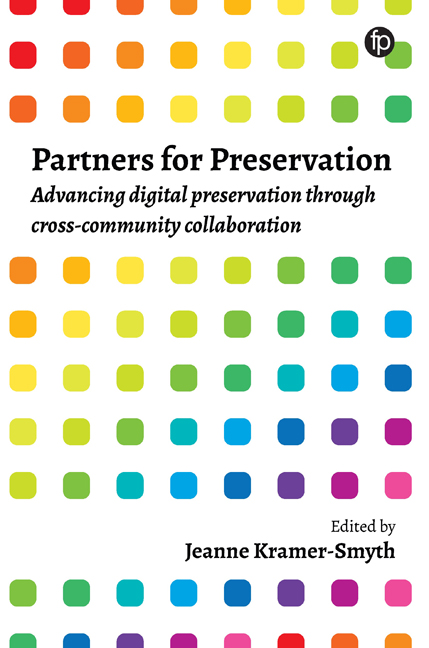Book contents
- Frontmatter
- dedication
- Contents
- List of figures and tables
- About the authors
- Foreword
- Introduction
- PART 1 MEMORY, PRIVACY AND TRANSPARENCY
- PART 2 THE PHYSICAL WORLD: OBJECTS, ART AND ARCHITECTURE
- PART 3 DATA AND PROGRAMMING
- 8 Preparing and releasing official statistical data
- 9 Sharing research data, data standards and improving opportunities for creating visualisations
- 10 Open source, version control and software sustainability
- Final thoughts
- Index
10 - Open source, version control and software sustainability
from PART 3 - DATA AND PROGRAMMING
Published online by Cambridge University Press: 08 June 2019
- Frontmatter
- dedication
- Contents
- List of figures and tables
- About the authors
- Foreword
- Introduction
- PART 1 MEMORY, PRIVACY AND TRANSPARENCY
- PART 2 THE PHYSICAL WORLD: OBJECTS, ART AND ARCHITECTURE
- PART 3 DATA AND PROGRAMMING
- 8 Preparing and releasing official statistical data
- 9 Sharing research data, data standards and improving opportunities for creating visualisations
- 10 Open source, version control and software sustainability
- Final thoughts
- Index
Summary
Introduction
This chapter will guide you to the land of open software development to show some of the methods and many of the challenges people and communities are facing in today's digital era.
Open source as we know it started in the 1980s with the aim of having the source code of an operating system accessible to the public to speed up the process of fixing issues. Sharing not just ideas but also artefacts and the work environment became more and more popular. This shared form of developing software increased in popularity when the internet and world wide web came to life in the 1990s, providing the opportunity for global movements.
The term ‘open source software’ was born in 1998 to distinguish it from ‘free software’ (Peterson, 2018). ‘Free software’ indicated that the software was ‘free’ in the sense of not costing money rather than being freely accessible.
You will learn what open source is and how its innovative and forward looking nature is pushing users and contributors to think about it continuously and take the next steps. But how does this fit into the dynamics of software development, sustainability and product - isation (making commercially viable products)?
We will seek the answers by going into details of the processes and the questions they open up in an open, collaborative environment.
Information technology, software and open source
Information technology (IT) by definition is the application of computers to store, study, retrieve, transmit and manipulate data. During the past decade computers shifted from being mystical luxury items to becoming part of everyday life in ways we could never have predicted. Wired phones became smartphones. Cars became tens of mini-computers and hundreds of sensors on wheels. Even your television got ‘smart’.
For the purposes of this exploration, we will set aside the challenges inherent in the enormous amounts of information these devices generate, process and transmit. Instead we will focus on the software and the software development process, highlighting efforts to connect large computer systems from the point of view of the data being shared.
The tools and applications you use in your everyday life are designed and written in various programming languages by software engineers and developers either working for small companies, startups or multinational companies, or just doing it as a hobby.
- Type
- Chapter
- Information
- Partners for PreservationAdvancing Digital Preservation through Cross-Community Collaboration, pp. 185 - 198Publisher: FacetPrint publication year: 2018



